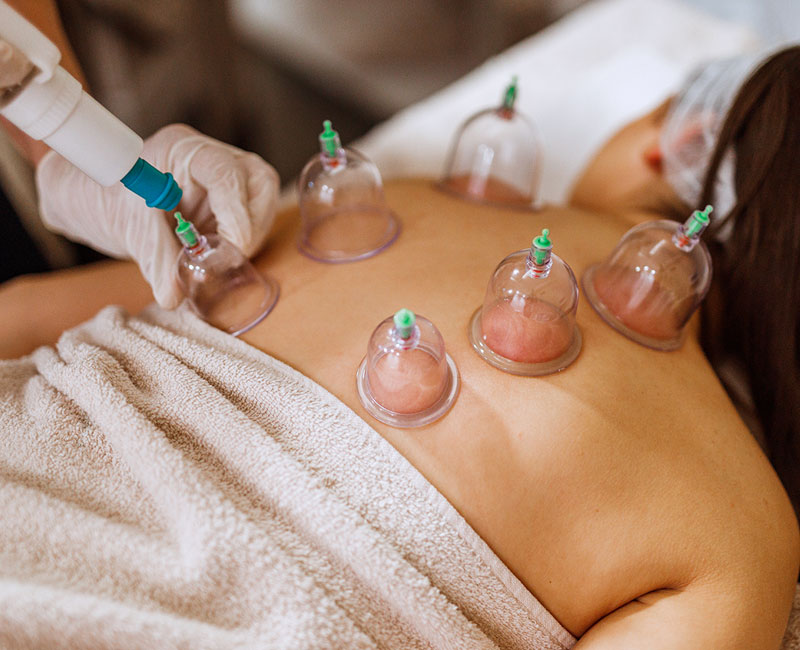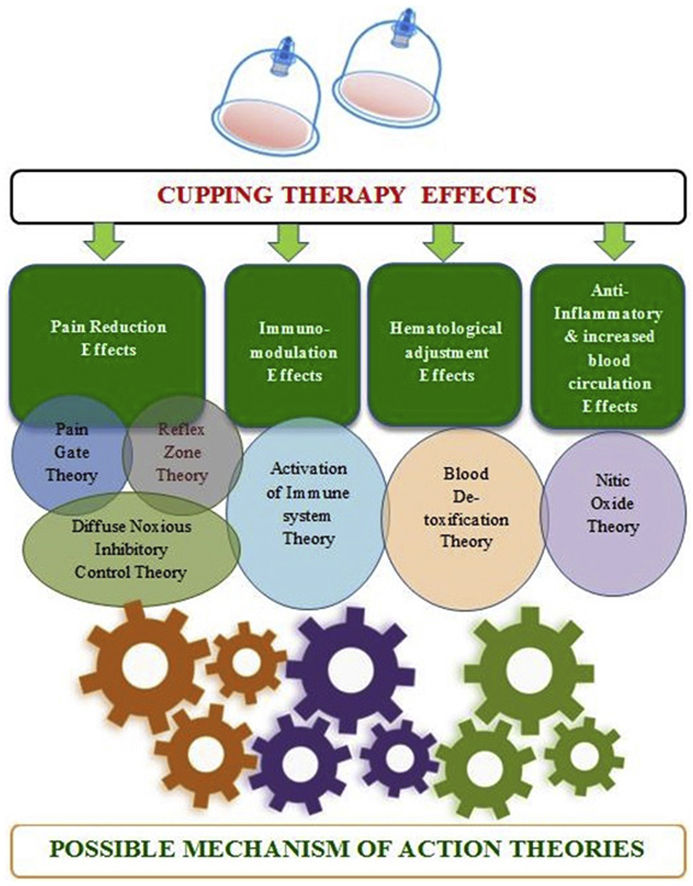Why I Rarely Recommend Wet Cupping (Hijama) Therapy
Table of Content
---Why I Rarely Recommend Wet Cupping (Hijama) Therapy
As a medical doctor who often finds myself fielding questions from friends and family about traditional therapies, one of the most frequent topics is "wet cupping," or Hijama as it's known in Arabic.
Despite its ancient roots and popularity in some cultures, I rarely recommend it. In fact, in many cases, I strongly advise against it. Here's why.
What is Wet Cupping (Hijama)?
Wet cupping, or Hijama, is a traditional therapeutic practice that dates back thousands of years. It's popular in regions of the Middle East, Asia, and North Africa.
The procedure involves making small incisions on the skin and applying suction cups to draw out blood. The idea is that this "bad blood" removal can relieve pain, detoxify the body, and even cure illnesses.
Proponents claim benefits for conditions like migraines, musculoskeletal pain, and fatigue. Many people turn to wet cupping out of cultural tradition or as an alternative therapy when conventional treatments don’t seem to work.
The Risks of Wet Cupping
While Hijama may seem harmless to some, it comes with risks—especially for individuals with specific medical conditions. As a physician, I am obligated to consider evidence-based medicine and patient safety. Here are the key reasons why I discourage wet cupping, especially for those with underlying health issues.
1. Bleeding Disorders
If you have any form of bleeding disorder, such as hemophilia or thrombocytopenia, wet cupping is a dangerous choice. These conditions prevent proper blood clotting, which means even small incisions can lead to prolonged bleeding or complications.
No therapy, traditional or modern, is worth risking uncontrolled bleeding.
Examples of Bleeding Disorders and Their Complications After Hijama:
- Hemophilia: A deficiency in clotting factors leads to prolonged bleeding, which can result in serious blood loss and joint damage.
- Von Willebrand Disease: Impaired platelet function can cause excessive bleeding and slow wound healing.
- Thrombocytopenia: Low platelet count increases the risk of bleeding that doesn't stop, potentially leading to severe blood loss or bruising.
- Liver Disease-Related Coagulopathy: Compromised liver function affects clotting factor production, increasing the risk of dangerous bleeding episodes.
For patients with these disorders, Hijama can turn a minor cut into a serious medical emergency.
2. Anemia
Anemia means your red blood cell count is low. Wet cupping (Hijama) involves drawing blood, which can make anemia worse.
Instead of feeling better, you may end up weaker and more fatigued. For anyone already struggling with low hemoglobin, removing more blood is risky and counterproductive. The dangers outweigh the supposed benefits.
3. Diabetes
Diabetes slows wound healing. Wet cupping (Hijama) involves small cuts that may not heal properly in diabetic patients. This increases the risk of infections, which can lead to serious complications like abscesses, cellulitis, or even sepsis.
Diabetics are already at higher risk for infections, and open wounds from Hijama can quickly become a medical emergency. The potential complications far outweigh any perceived benefits.
4. Cardiovascular Disease
Patients with cardiovascular issues such as heart disease or hypertension need to avoid practices that might alter blood volume or circulation abruptly.
Wet cupping can potentially lower blood pressure suddenly or lead to fainting. For someone with an already compromised cardiovascular system, this is a risky gamble.
5. Compromised Immune Systems
If you’re undergoing chemotherapy, immunosuppressive therapy, or have HIV/AIDS, your immune system is compromised. Wet cupping (Hijama) introduces small cuts that can become infected easily.
Cases have shown that patients with weakened immunity developed severe infections, abscesses, or even sepsis after Hijama.
These complications can require hospitalization or lead to life-threatening situations. For anyone with a suppressed immune system, the risk of infection far outweighs any potential benefit of wet cupping.
Lack of Clinical Evidence
One of the fundamental reasons I hesitate to endorse wet cupping is the lack of robust clinical evidence supporting its benefits. While some small studies and anecdotal experiences suggest potential benefits, these are not enough to outweigh the known risks. In medicine, treatments need to be backed by consistent, peer-reviewed research to ensure they are both safe and effective.
The Psychological and Cultural Aspect
I understand that traditional therapies like Hijama are deeply rooted in culture and faith. For many, it’s more than just a physical practice—it’s part of a holistic approach to health. I respect this. However, my role as a doctor is to prioritize health outcomes based on evidence. When friends and family ask if they should try wet cupping, I explain the risks clearly and help them make an informed decision.
Alternatives to Wet Cupping
If you're seeking relief from pain or fatigue, there are safer alternatives. Physical therapy, massage, acupuncture (performed by licensed professionals), and evidence-based pain management strategies can provide relief without the risks associated with wet cupping.
Conclusion
As much as I value traditional practices and the wisdom they carry, wet cupping is not a one-size-fits-all solution. For individuals with underlying health conditions, the risks can far outweigh any perceived benefits.
Whenever I’m consulted about Hijama, my advice is usually this: If there are safer, evidence-based alternatives, explore those first.
Staying healthy isn’t just about following tradition—it’s about making informed, safe choices for your well-being.
Further Reading and Resources















